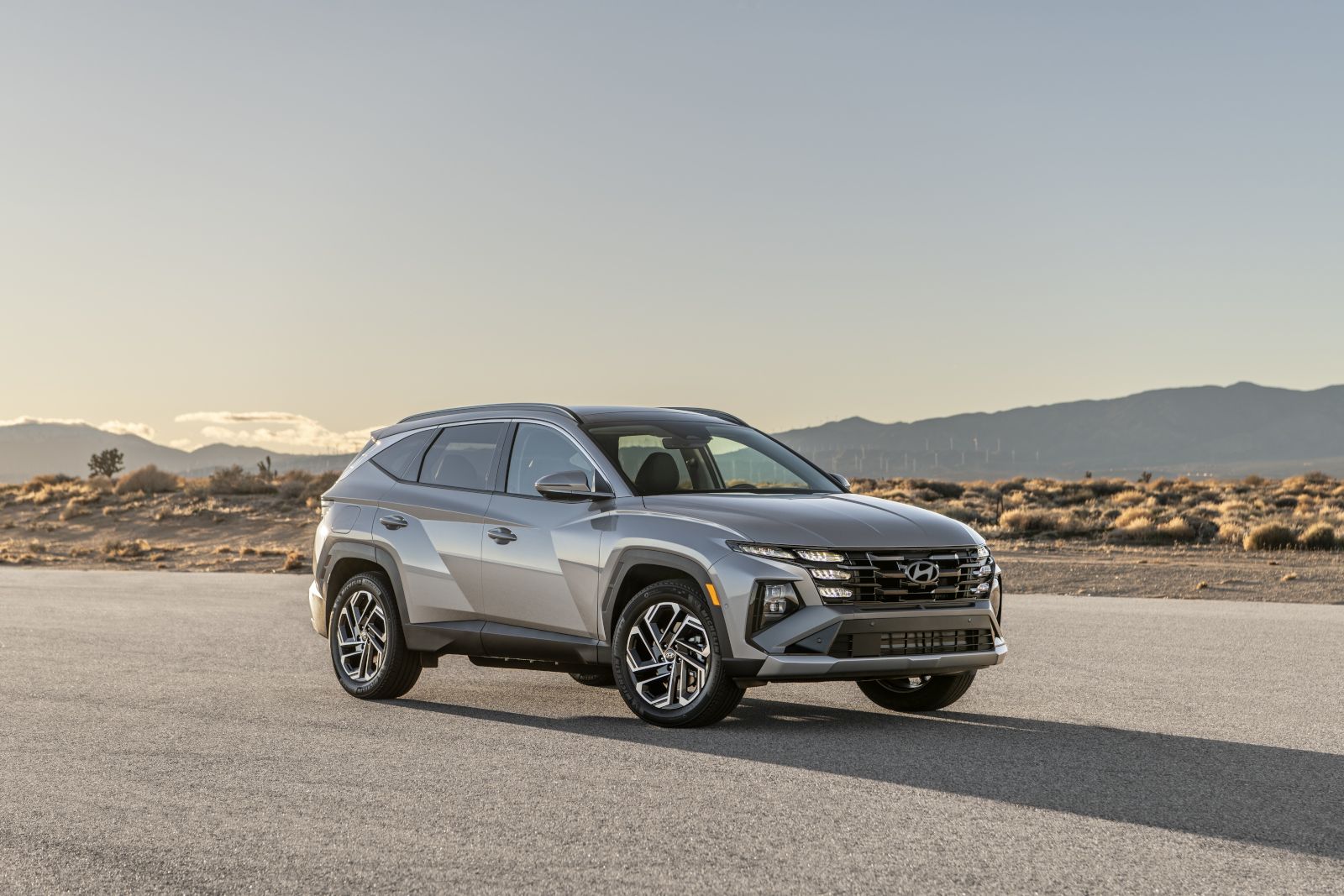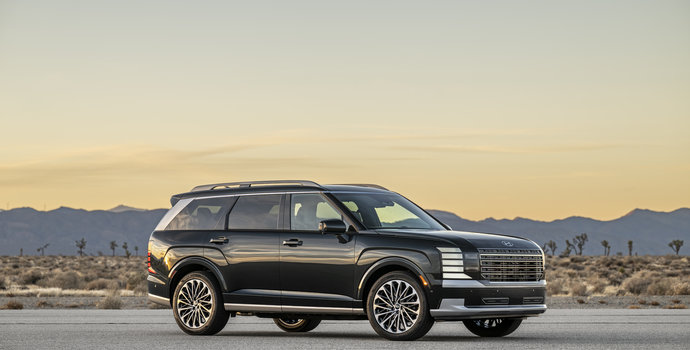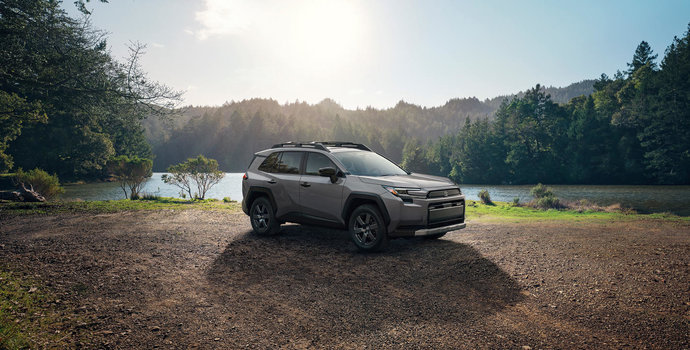A plug-in hybrid electric vehicle (PHEV) combines an electric motor and rechargeable battery with a traditional gasoline engine. This dual setup lets you drive moderate distances using electric power alone, then switch to gasoline for longer trips. For Ontario drivers considering their next vehicle purchase, PHEVs offer an interesting middle ground between conventional vehicles and full electric cars.
The key to PHEV ownership lies in understanding your daily driving patterns and charging access. If most of your trips fall within the electric-only range and you can charge regularly, you'll run on electricity most of the time. When you need to travel farther, the gasoline engine provides unlimited range without the planning required for electric vehicle charging stops.
Explore Plug-In Hybrids & EVs with The Humberview Group
Looking for a smarter way to drive? The Humberview Group offers a wide selection of new plug-in hybrids and fully electric vehicles built for everyday commutes and weekend adventures alike. Enjoy efficiency, flexibility, and confidence on every drive with our latest lineup.
Shop New EV & Hybrid Inventory >
Key Questions to Help Determine if a PHEV Is Right for You

How do you drive most often?
If you have a short daily commute (typically 30–70km), much of your driving can be electric. Here's a look at electric ranges from some popular PHEV options currently available in Canada:
|
Model
|
Electric Range
|
|
Mercedes-Benz GLC 350e
|
87 km
|
|
Toyota Prius PHEV
|
72 km
|
|
Toyota RAV4 PHEV
|
68 km
|
|
Ford Escape PHEV
|
60 km
|
|
Chrysler Pacifica PHEV
|
51 km
|
|
Hyundai Tucson PHEV
|
51 km
|
|
Jeep Grand Cherokee 4xe
|
42 km
|
|
Jeep Wrangler 4xe
|
35 km
|
This represents a sample of available PHEVs, not all models currently offered in Canada.
For longer drives or frequent travel in remote areas, a PHEV offers range confidence since the gas engine is always there as backup. Ontario drivers with longer commutes or frequent highway travel still benefit from PHEV technology, since the gasoline engine eliminates range concerns that some people have with full electric vehicles.
Can you charge at home or work?
Easy access to a plug (regular 120V outlet or faster 240V) is important for getting the most benefit and cost savings from electric driving. PHEVs work with standard household outlets, though a 240V Level 2 charger reduces charging time significantly. The Toyota Prius PHEV can fully charge in as little as four hours with Level 2 charging.
Without regular charging access, a PHEV functions mainly as a conventional hybrid. You'll still get better fuel efficiency than a gasoline-only vehicle, but you won't experience the electric driving that makes PHEVs appealing.
Are you looking for fuel savings and lower emissions?
PHEVs offer outstanding fuel efficiency and reduced greenhouse gas emissions, especially if you drive mainly on electricity and maximize plugging in. When running on battery power, you'll experience quiet operation, instant torque delivery, and reduced fuel consumption. PHEVs typically offer excellent fuel efficiency even when the gasoline engine operates.
Pros and Benefits of a PHEV in Canada
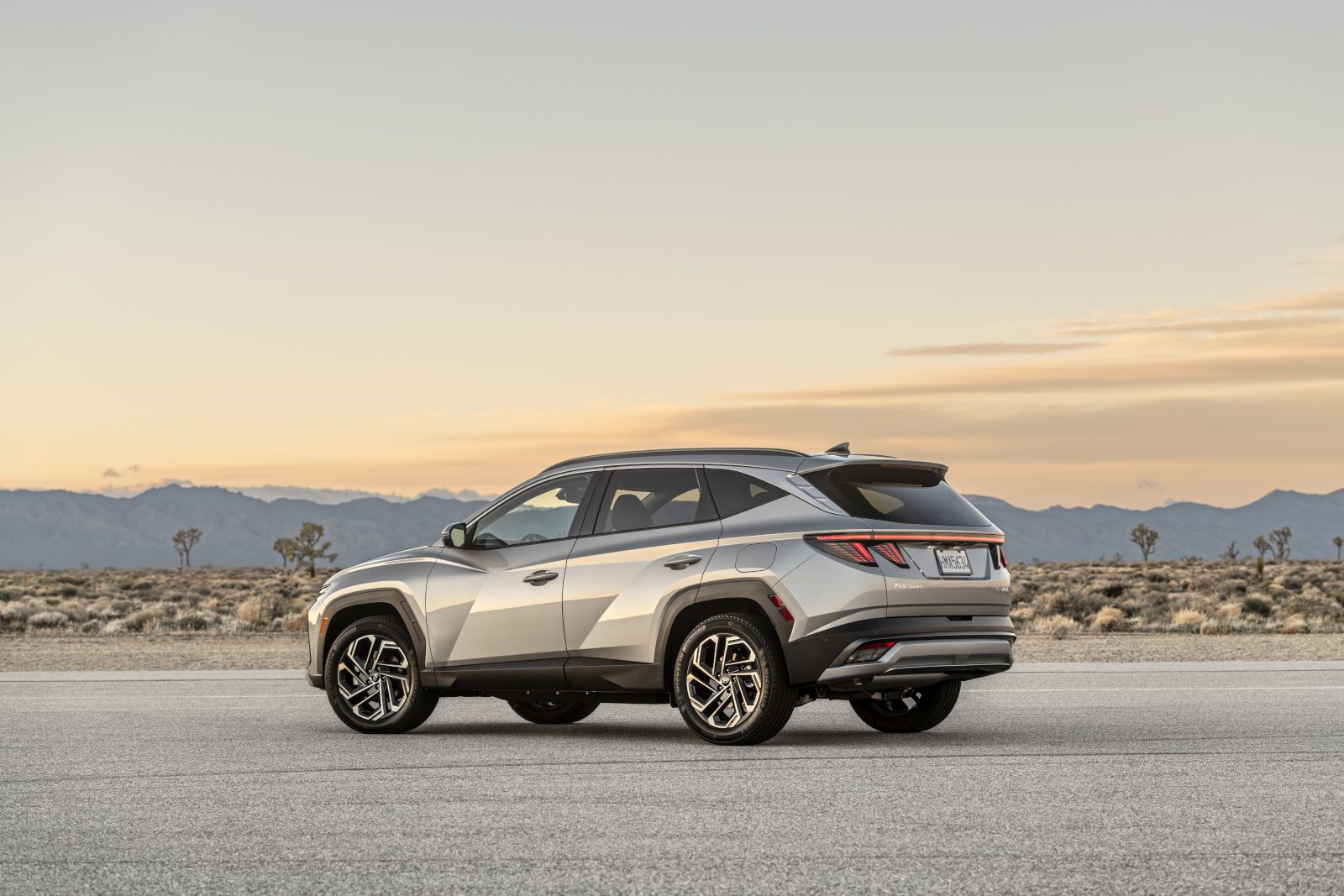
Fuel Savings
Exceptional efficiency, frequent savings on gas, lower running costs. The fuel savings can be substantial when comparing the same model across different powertrains. For example, looking at the 2025 Hyundai Tucson:
|
Powertrain
|
Combined Fuel Economy
|
Annual Fuel Cost*
|
|
Regular Gas (2.5L)
|
8.8 L/100 km
|
$2,728
|
|
Hybrid (1.6L)
|
6.7 L/100 km
|
$2,077
|
|
Plug-in Hybrid
|
3.1 Le/100 km
|
$1,429
|
*Based on 20,000 km annual driving and NRCan fuel pricing
This shows potential savings of over $1,000 annually when moving from conventional gas to PHEV, assuming regular charging habits that maximize electric driving.
Flexibility
Drive electric for local trips, switch to gas for long drives—no "range anxiety". The flexibility factor appeals to many drivers in Ontario. You can drive electrically for daily errands and commuting, then take longer trips without charging planning. This works well for drivers who take weekend trips to cottage country or need to drive to areas where charging infrastructure remains limited.
Lower Emissions
When used mostly electric, PHEVs significantly lower your environmental impact. When you run on electricity most of the time, you reduce your overall emissions compared to conventional vehicles.
Insurance Perks
Some insurers offer discounts for driving a PHEV, recognizing the technology's safety and environmental benefits.
Multiple Options
Nearly every major brand offers at least one PHEV in Canada, including Toyota (Prius PHEV, RAV4 PHEV), Chrysler (Pacifica PHEV), Ford (Escape PHEV), Jeep (Wrangler 4xe, Grand Cherokee 4xe), Hyundai (Tucson PHEV), Mercedes-Benz (GLC 350e), and more.
Potential Downsides and Considerations
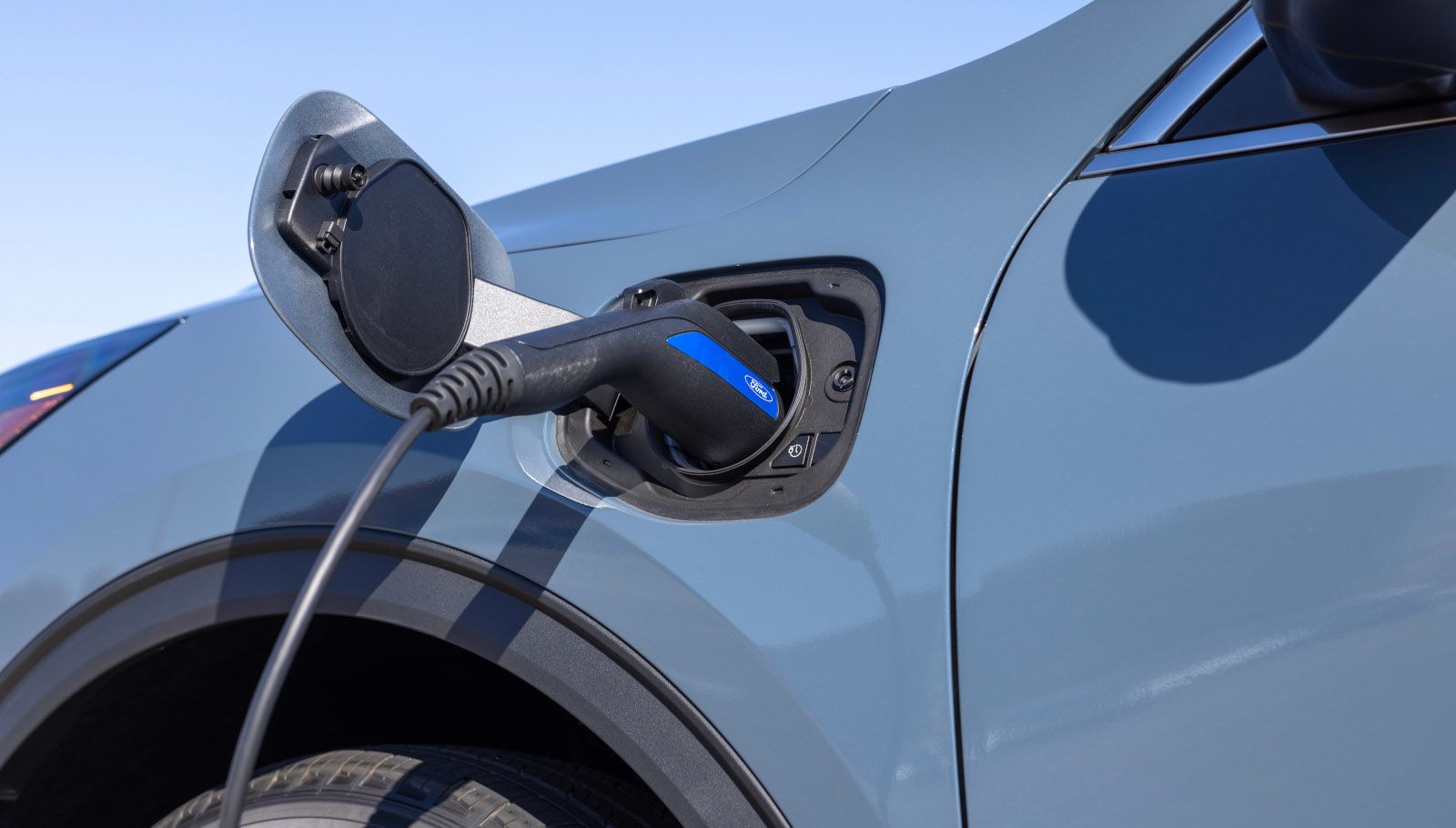
Higher Upfront Cost
PHEVs often cost more than gas or non-plug-in hybrids, but savings may balance out in a few years through reduced fuel costs and potential insurance savings.
Charging Required
To realize the real benefits, you need to plug in frequently. Not charging means you get mostly the cost and complexity of a hybrid, with less overall efficiency benefit. Drivers who forget to charge or lack convenient charging access won't see the fuel savings and emissions reductions that make PHEVs attractive.
Shorter Electric-Only Range
Most 2025 Canadian PHEVs have an electric range of 30–70km (enough for most commutes but less than a full EV). Cold Ontario winters also reduce electric range, though gasoline backup ensures you can still reach your destination.
Trunk/Cargo Space
Some models have reduced usable cargo space due to battery placement. The dual powertrain adds complexity, which can mean higher maintenance costs over time.
Who Should Consider a PHEV?
- Commuters with access to charging who want to minimize fuel costs and emissions
- Drivers needing flexibility for long trips or cottage drives (no range anxiety)
- Households not ready to go full-EV due to charging limitations or lifestyle
- Customers prioritizing models from mainstream OEMs (Toyota, Jeep, Ford, Hyundai, etc.) for broad service support and high resale value
Top Models Available from Major Brands
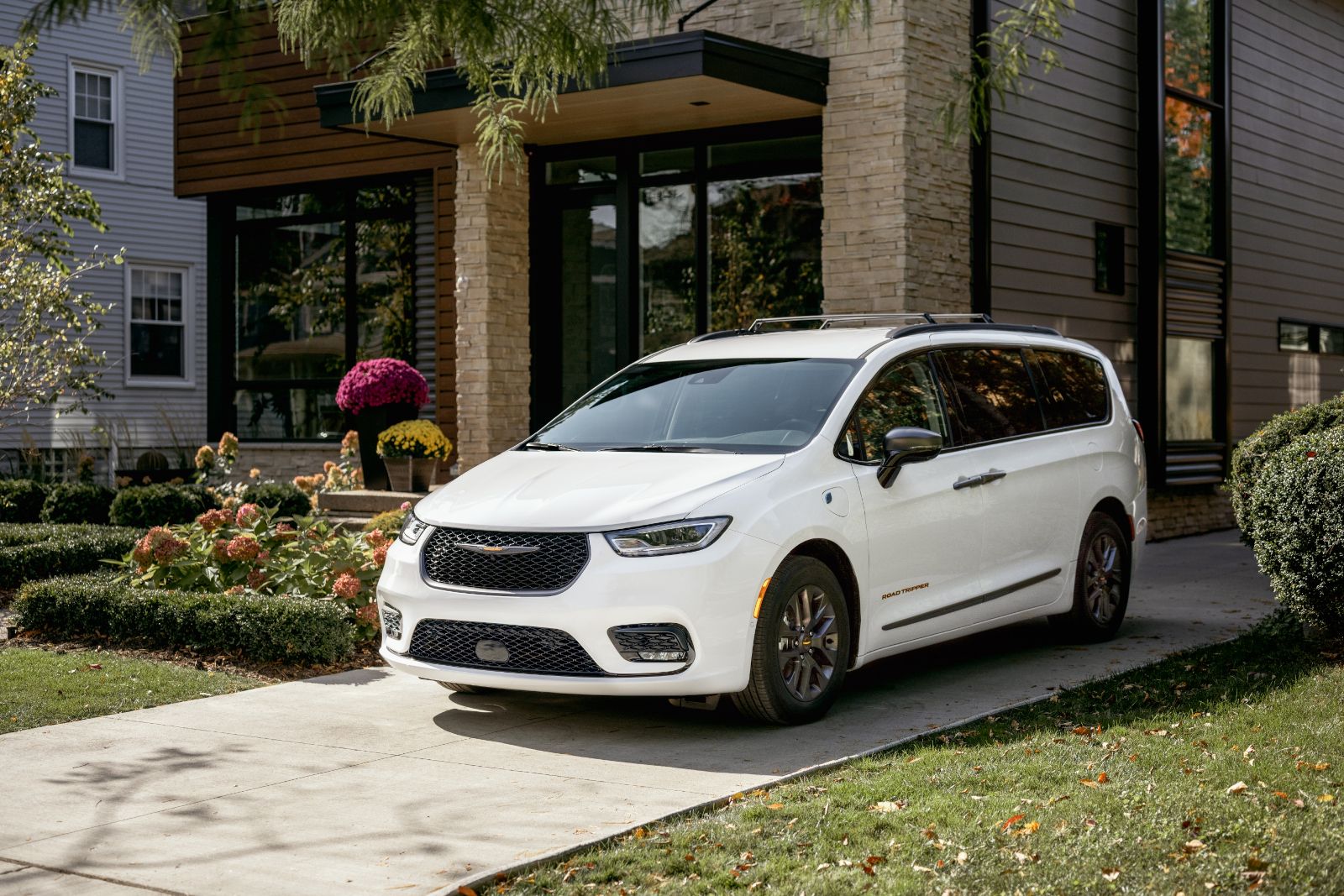
Toyota leads with the Prius PHEV and RAV4 PHEV. The Prius PHEV uses a 2.0-litre engine paired with electric motors for 220 horsepower and up to 72 kilometres of electric range, while the RAV4 PHEV combines a 2.5-litre engine with electric motors for 302 horsepower and 68 kilometres of electric range.
Other options include the Chrysler Pacifica PHEV for families needing three-row seating, offering 51 kilometres of electric range with a 3.6-litre engine. The Ford Escape PHEV provides 60 kilometres of electric range with a 2.5-litre engine and 210 horsepower total system output for compact SUV buyers.
Jeep offers two PHEV options: the Wrangler 4xe delivers 35 kilometres of electric range and 375 horsepower from its 2.0-litre turbocharged system, while the Grand Cherokee 4xe provides 42 kilometres of electric range with the same powertrain setup.
The Hyundai Tucson PHEV delivers 51 kilometres of electric range and 268 horsepower from its 1.6-litre turbocharged engine setup. Premium buyers can consider the Mercedes-Benz GLC 350e with 87 kilometres of electric range and 313 horsepower from its 2.0-litre turbocharged system.
Summary Table: Should You Buy a PHEV?
|
Question
|
Yes: Consider a PHEV
|
No/Maybe: Consider Other Options
|
|
Daily commute <50km?
|
✔ All-electric commuting
|
Long highway trips only
|
|
Can you charge at home or work?
|
✔ Maximize savings
|
Hard to plug in = less benefit
|
|
Want to save on fuel/cut emissions?
|
✔ PHEV fits
|
Not a priority
|
|
Need flexibility for long drives?
|
✔ Range confidence
|
All trips short or all very long
|
|
Comfortable with new technology?
|
✔ Electric benefits with backup
|
Prefer simplicity over efficiency
|
Making the Right Choice for Ontario Driving
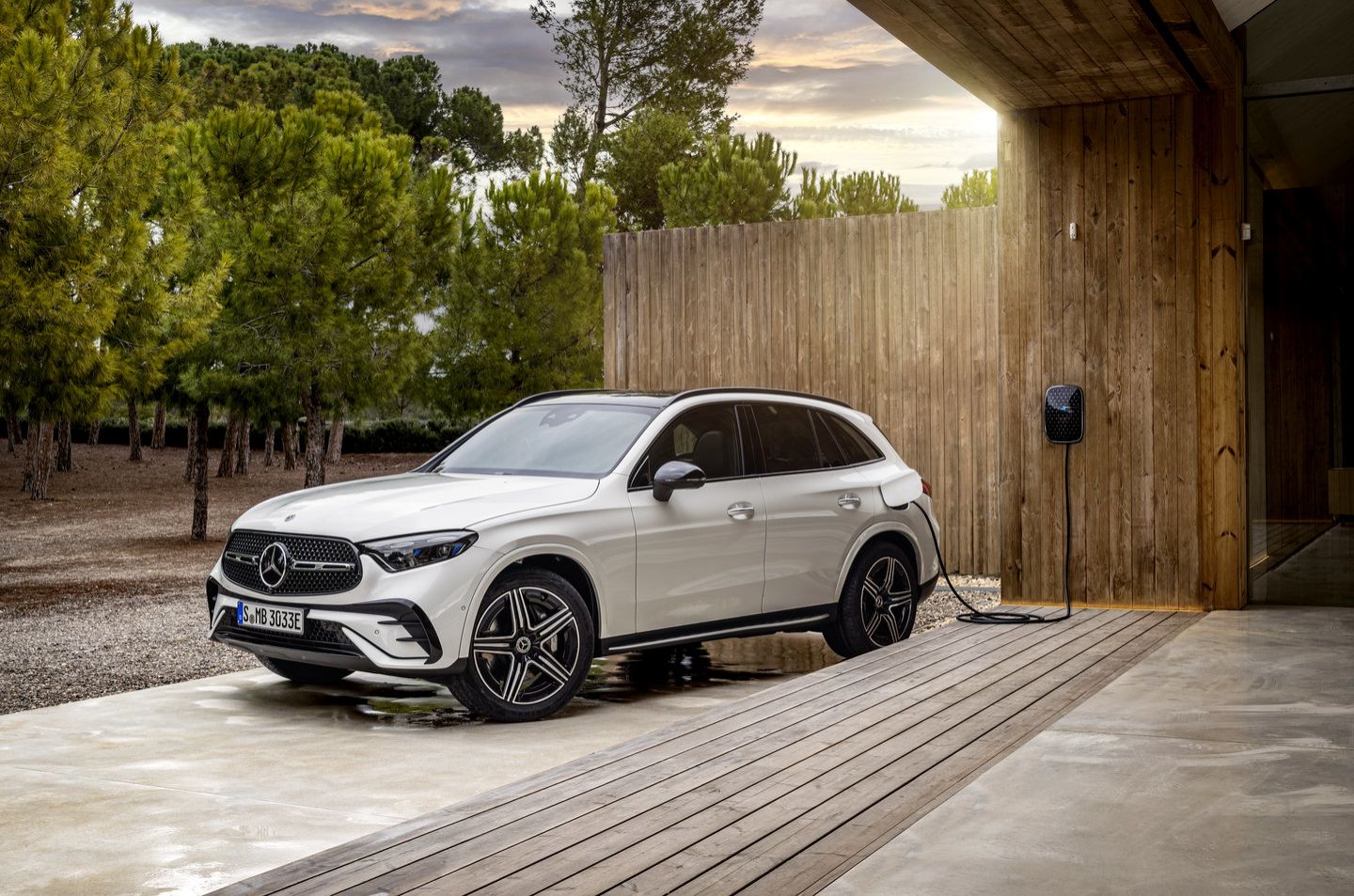
The best PHEV choice depends on matching vehicle capabilities with your specific needs. Consider your typical daily driving distance, charging options, and comfort level with electric vehicle technology. PHEVs work particularly well for Ontario drivers who want electric driving benefits without range limitations.
Take time to evaluate different models and their electric ranges. Test drive options that interest you to experience how PHEV systems operate in both electric and hybrid modes. This helps you understand whether plug-in hybrid technology fits your driving style and expectations.
Most manufacturers provide substantial battery coverage for PHEV systems. Toyota covers PHEV batteries for 8 years or 160,000 kilometres. Other major brands typically offer similar protection periods, giving drivers confidence in long-term reliability.
Discover PHEV Options in Ontario
Ready to explore how plug-in hybrid technology could work for your daily driving needs in Ontario? Discover the models that offer the right balance of electric range and flexibility for your lifestyle.
You might also be interested in these blogs:
Explore Plug-In Hybrids & EVs with The Humberview Group
Looking for a smarter way to drive? The Humberview Group offers a wide selection of new plug-in hybrids and fully electric vehicles built for everyday commutes and weekend adventures alike. Enjoy efficiency, flexibility, and confidence on every drive with our latest lineup.
Shop New EV & Hybrid Inventory >

